Content hub
From application notes to blogs, news items to infographics, we've got a wealth of advice about VOC and SVOC analysis that we'd like to share with you. Simply use the search function or use the drop-down selectors to filter by content type, sampling method and/or application area to discover more.

Snow DUMP-ing: Using direct TD–GC–MS to tackle urban snow and microplastic pollution
A solvent free, direct thermal desorption (TD) GC-MS approach for analysing particulates in snow, eliminating toxic solvents and reducing sample prep time.

A straightforward method for the analysis of PAHs in water by high-capacity sorptive extraction and TD–GC–MS
Application Note 291

Advancing atmospheric research in India using solvent‑free, cryogen-free thermal desorption
Physical Research Laboratory (PRL), India
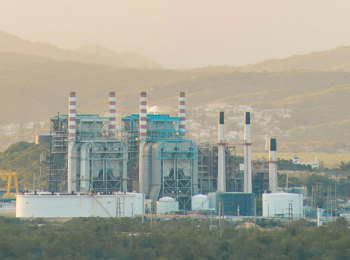
Fundamentals of environmental air monitoring: Overcoming challenges in VOC analysis with advanced GC–MS techniques
Practical strategies for robust VOC air monitoring with advanced GC–MS.

Switching to hydrogen carrier gas: An analyst’s guide to GC–MS method conversion
Discover the critical steps in implementing a hydrogen carrier gas GC-MS workflow and the benefits it offers as a sustainable solution.

Monitoring volatile gases released during PFAS destruction in accordance with US EPA OTM-50
Application Note 177
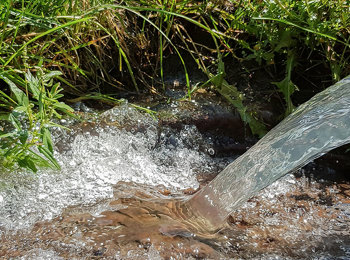
Automating headspace–trap for the routine screening of environmental toxins in wastewater
M42, Abu Dhabi, UAE

Improving moisture management and increasing sample throughput for environmental air monitoring
Enthalpy Analytical, USA
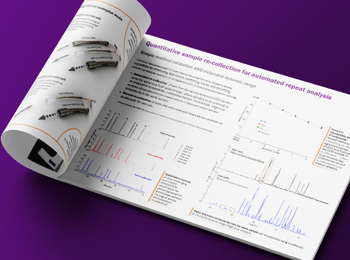
Instruments for monitoring ozone-depleting substances and greenhouse gases
UNITY–CIA Advantage-xr, NuVo 200 and Medusa
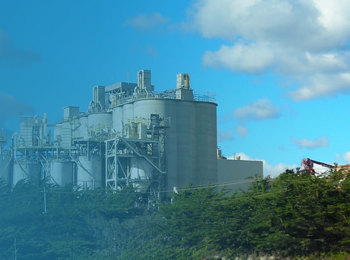
EPA Method 327: A technical perspective on ethylene oxide monitoring
26 February 2025

Real-world implementation of dual canister and tube analysis of hazardous air pollutants using TD–GC–MS
On-demand webinar
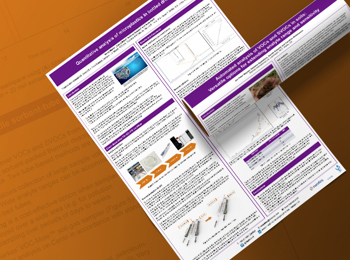
Beyond air monitoring: Advancements in trace level detection of chemical warfare agents and toxic chemicals in environmental matrices and contaminated materials
Presented at CBRNe World, USA, 2024

What are the best sampling techniques for the analysis of VOCs and SVOCs in air using thermal desorption?
Presented at CEM India - Sampling techniques, 2024

Versatile options for extending analyte range and sensitivity for monitoring volatile organic compounds (VOCs) in water and soil by automated, cryogen-free headspace and SPME–trap with GC–MS
Presented at IWA, Taiwan, 2024

Fast, high sensitivity analysis of chlorophenols and common odorants to assess water quality by HiSorb TD–GC–MS
Presented at ISC, Liverpool, UK 2024

How to monitor F-gases using pre-concentration with GC–MS
On-demand webinar
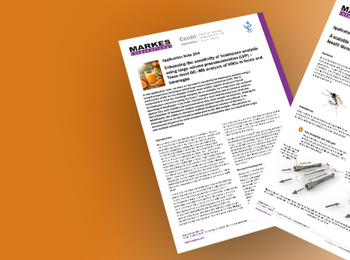
Measurement of ethylene oxide with other air toxics from fugitive and area sources
Application Note 176

TT24-7NRT
TT24-7NRT near-real-time thermal desorber for GC and GC–MS – delivering continuous,
uninterrupted monitoring of airborne chemical warfare agents (CWAs) and toxic industrial chemicals (TICs).




